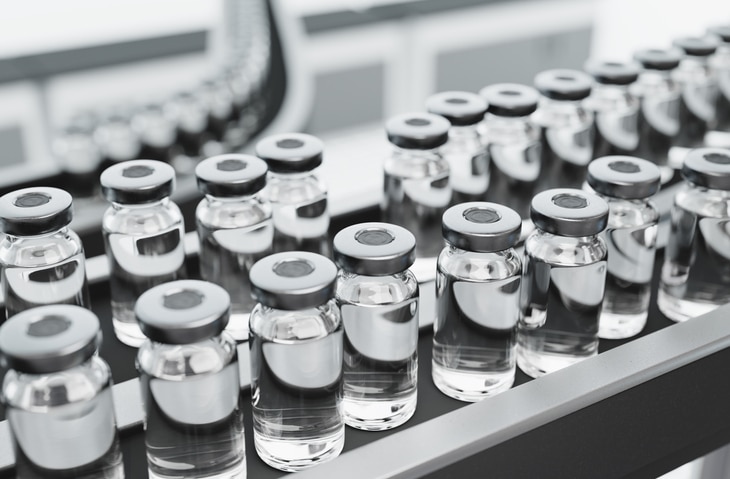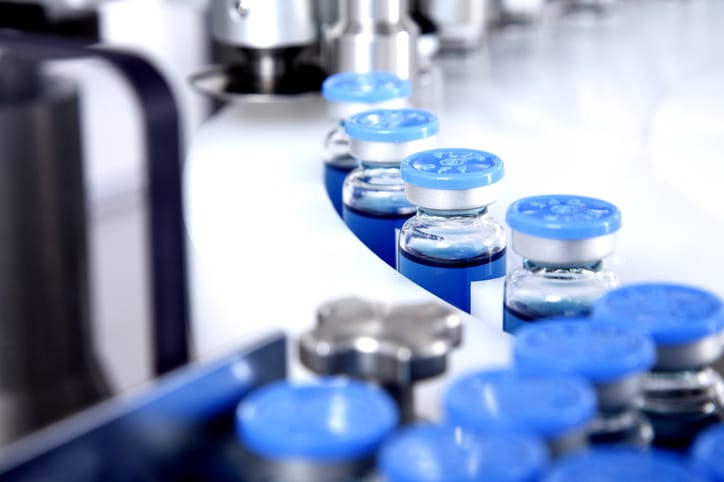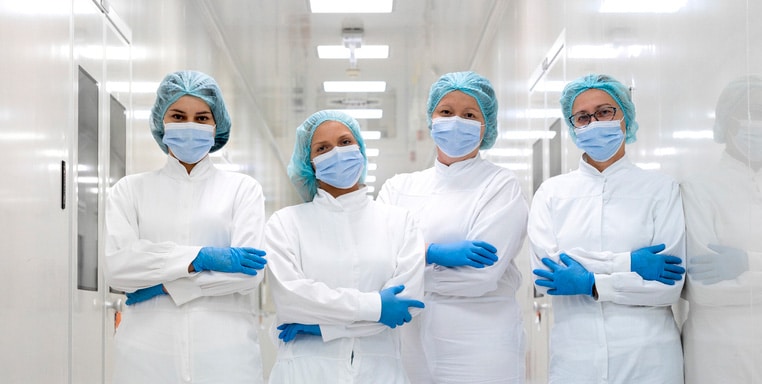Non-endotoxin pyrogen risk assessment using the Monocyte Activation Test
A non-endotoxin pyrogen risk assessment is required wherever BET is employed for release testing
Parenteral products are typically mandated by the European pharmacopeia (Ph. Eur.) to be tested for endotoxins. However, recognizing a risk of non-endotoxin pyrogenic contamination during their production process, the Ph. Eur. (5.1.10.) also clearly necessitates that where an endotoxin test is employed, a “risk assessment” for non-endotoxin pyrogens must also be carried out. In its general chapter, “Guidelines for using the test for bacterial endotoxins” (5.1.10.), the Ph. Eur. states:
"... the conclusion is generally justified that the absence of bacterial endotoxins in a substance or product implies the absence of pyrogenic components, provided the presence of non-endotoxin pyrogenic substances can be ruled out...at release or during development of the production process..."
the Ph. Eur.
When are you expected to carry out a non-endotoxin risk assessment?

A NEP risk assessment is to occur while/once the production process is set up.
The Ph. Eur. (5.1.10.) mandates that where a BET is employed for the routine release testing of a product, careful consideration must be given to any factor that could result in the inclusion of non-endotoxin pyrogens. The Ph. Eur. recommends that this risk be practically tested through a pyrogen test during the development of a product’s production process or during the product batch release, which occurs once this production process has been set up.

Any changes to the production process require further NEP risk assessments.
If any change occurs to the production process that could influence the quality of the product regarding pyrogenicity – for example, the use of different raw materials, production sites, or process parameters – the pyrogen test is again to be repeated. In parallel to when the initial production process was set up, the pyrogen test is to be carried out during the development of the changed production process or during the product batch release, which occurs once this changed production process has been set up.
Any non-endotoxin risk assessment is to be carried out using the Monocyte Activation Test.
Following the global move away from in-vivo assays like the Rabbit Pyrogen Test (RPT) in the pharmaceutical industry, the Ph. Eur. (5.1.10.) specifically recommends the use of the Monocyte Activation Test (2.6.30) as the assay of choice for the required non-endotoxin pyrogen test wherever a BET is employed for a product’s release. As of June 2021, the Ph. Eur. Commission announced that it plans to lead a complete replacement of the rabbit pyrogen tests for all products released under its authority within five years.

Primary sources of non-endotoxins include the general environment, packaging components, raw materials, material introduced into cleanrooms, skin bacteria, plasma, process components, equipment used to prepare that product, and air handling systems.
Why is carrying out a non-endotoxin risk assessment so important?
Non-endotoxin pyrogens pose significant risks to patient lives
Non-endotoxin pyrogens (NEPs) comprise a broad range of exogenous pyrogens which derive from Gram-positive bacteria (e.g., lipoproteins, peptidoglycan, wall teichoic acids, and lipoteichoic acid (LTA)), as well as compounds originating from fungi, yeast, and viruses. When present in parenteral drugs or medical devices, NEPs can cause a febrile response among patients, ultimately posing a significant risk to their safety. These risks can manifest in fever, rash, headache, myalgia, nausea, vomiting, organ failure, and endotoxic shock to the recipient.
Synergistic effects to the human febrile response can arise
A growing body of research finds that where a mix of endotoxin and non-endotoxin pyrogens is present in a drug, a latent “synergistic” or “potentiated” impact may arise in the human immune system response – posing serious patient risks. For example, a contamination of solely LPS or R848 in a hypothetical drug would produce a concentration of 75 pg/ml and 50 pg/ml of IL-6 cytokines, respectively. However, if they were simultaneously present, possible synergistic effects could, for example, produce a concentration of 300 pg/ml IL-6 cytokines rather than the expected sum of 75 pg/ml + 50 pg/ml = 125 pg/ml.